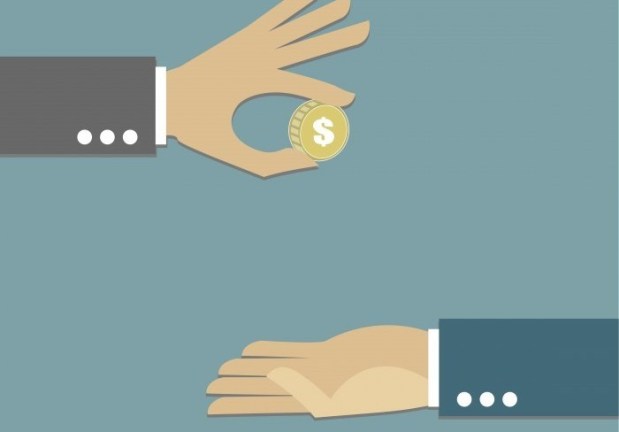Affluent Americans Significantly Out-Borrowing The Poor

When it comes to securing loans, wealthy Americans are blowing their middle and lower class counterparts away.
Boosted underwriting standards brought on by the financial crisis (itself brought on by profligate lending) has seen wealthy Americans holding more of the nation’s mortgage, credit card and auto loan balances, Federal Reserve Bank of New York research shows. In fact, the only lending category where the wealthy don’t seem to be leading is in the wonderful world of student loans.
“The income gap overall has been widening during this period, and mortgage and credit card balances tend to be positively correlated with income,” the authors of the research wrote. “So, the declining share of mortgage debt and credit card debt in the lower income zip codes over the last decade is broadly consistent with the widening income gap over the same period.”
The data in the report is drawn from the New York Fed Consumer Credit Panel, Internal Revenue Service and Census Bureau.
The widening gap is apparent across different types of lending, though larger in mortgage and credit card lending than auto lending, which has started to make something of a comeback among less affluent borrowers. Auto lenders have increased their subprime borrowing of late, and some speculate that may be why the gap is growing smaller there.
The only category of lending where the poorer zip codes showed an edge — and it was a big one — was student lending. Average balances among the lowest fifth represented 59 percent of those in the highest fifth in 2014, up from 52 percent in 2004.
And while that might sound like good news, as education is a good way to change which economic quintile one is in, low income students are statistically less likely to graduate than their wealthier counterparts. There is little to no earnings boost for attending “some college,” but the debts will remain quite real.
To check out what else is HOT in the world of payments, click here.
